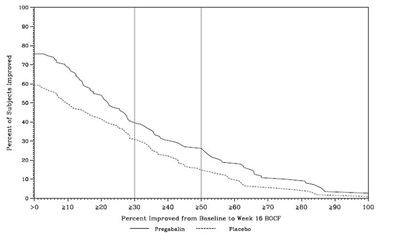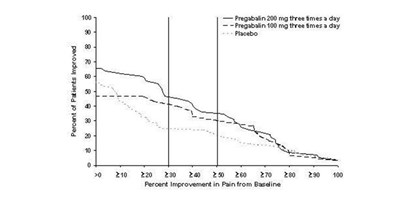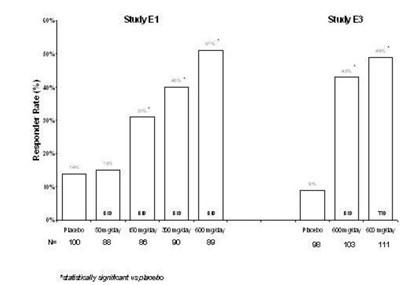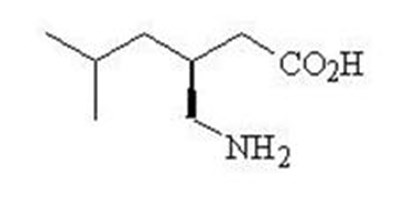Product Images Pregabalin
View Photos of Packaging, Labels & Appearance
- Bottle Label 25 mg - 71610 0313 30
- Bottle Label 50 mg - 71610 0314 30
- Bottle Label 75 mg - 71610 0315 30
- Bottle Label 100 mg - 71610 0316 30
- Bottle Label 150 mg - 71610 0317 30
- Bottle Label 200 mg - 71610 0318 53
- Bottle Label 225 mg - 71610 0319 53
- Bottle Label 300 mg - 71610 0320 30
- Aphena Pharma Solutions - TN - Aphena
- Figure 1 - pregabalincaps fig01
- Figure 2 - pregabalincaps fig02
- Figure 3 - pregabalincaps fig03
- Figure 4 - pregabalincaps fig04
- Figure 5 - pregabalincaps fig05
- Figure 6 - pregabalincaps fig06
- Figure 7 - pregabalincaps fig07
- Figure 8 - pregabalincaps fig08
- Figure 9 - pregabalincaps fig09
- Figure 11 - pregabalincaps fig10
- Figure 12 - pregabalincaps fig11
- Cockcroft and Gault equation - pregabalincaps formula
- Chemical Structure - pregabalincaps str
Product Label Images
The following 22 images provide visual information about the product associated with Pregabalin NDC 71610-315 by Aphena Pharma Solutions - Tennessee, Llc, such as packaging, labeling, and the appearance of the drug itself. This resource could be helpful for medical professionals, pharmacists, and patients seeking to verify medication information and ensure they have the correct product.
Bottle Label 150 mg - 71610 0317 30

This is a not-available description. The given text seems to be incomplete and does not provide any meaningful information to generate a description.*
Figure 2 - pregabalincaps fig02

The text is describing a chart that shows the percentage of patients who showed improvement in pain after taking Pregabalin at a dosage of 160 mg for three days. The chart also includes some numerical values, but it is not clear what those values represent exactly.*
Figure 3 - pregabalincaps fig03

The text is providing information about the percent of improvement in pain for different medications including Pregatalin 300, Pregabain 160, and Pregabalin 75. The numbers "8 8 88 83888" and "20 D 2@ 20 28 20 M 2@ Y W" are not understandable and may be due to errors.*
Figure 5 - pregabalincaps fig05

This appears to be a chart or table showing the results of a study comparing the effectiveness of two medications (Fregabalin and Pregataiin) versus a placebo for pain relief. The dosage for Fregabalin was 100 mg taken three times a day, while Pregataiin was administered at a dose of 80 mg three times daily. The chart indicates that 3 out of 8 patients who took Fregabalin reported improvement, and the percentages of improvement for all groups are shown on the right-hand side. It seems to suggest that Fregabalin had a slightly higher level of pain relief compared to Pregataiin and the placebo, but without more information it's difficult to say for sure.*
Figure 8 - pregabalincaps fig08

The text is a graph depicting the percentage of patients who improved on Pregabalin with different daily doses and placebo over time. The x-axis shows the percentage improvement in pain from baseline, while the y-axis shows the different treatments. The graph shows that both Pregabalin 300mg and 450mg doses had a higher percentage of patients improved compared to placebo.*
Figure 9 - pregabalincaps fig09

This text appears to be a chart displaying estimated percentages of subjects without LTR (which may stand for "long term relief") over a period of days, with two groups displayed: "Progabain" and "Placebo". The chart shows percentages ranging from 0% to 100%. It is unclear what the context or purpose of this chart is.*
Figure 12 - pregabalincaps fig11

The text represents a graph or a table that shows the percentage of subjects that improved from Baseline to Week 16 under the influence of Pregabalin and Placebo. The graph displays values on the X-axis in the range of 210 to 270, and values on the Y-axis representing the percentage of subjects improved. The improvement percentage values for Pregabalin and Placebo are not clearly identifiable due to the incomplete text.*
Cockcroft and Gault equation - pregabalincaps formula

This text appears to be a calculation for estimating creatinine clearance using the Cockcroft-Gault equation. The equation takes into account the patient's age, weight, and serum creatinine level. The result is an estimate of the patient's renal function, which can be useful in determining dosages for medications that are eliminated by the kidneys. The equation also includes a correction factor for female patients.*
* The product label images have been analyzed using a combination of traditional computing and machine learning techniques. It should be noted that the descriptions provided may not be entirely accurate as they are experimental in nature. Use the information in this page at your own discretion and risk.













